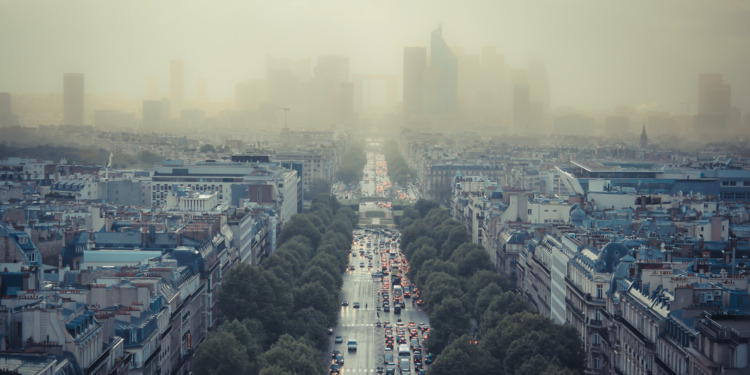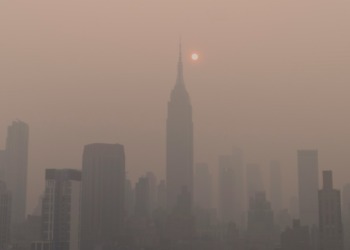Negotiators from the European Parliament and Council have reached a provisional agreement on a new law designed to significantly reduce air pollution across the European Union (EU).
The primary objective of the legislation is to create a clean and healthy environment for citizens, setting the ambitious goal of eliminating air pollution by 2050.
In the EU, air pollution causes approximately 300,000 premature deaths each year and is the leading environmental cause of premature deaths.
“Today’s agreement is a major step in our ongoing efforts to ensure a cleaner and healthier future for all Europeans,” said rapporteur Javi López. “Parliament has played a crucial role in revising the outdated EU air quality standards, some of which were 15 to 20 years old, focusing on improved air quality monitoring near major pollution sources, protecting sensitive and vulnerable populations more robustly, and ensuring local authorities have the support they need to enforce the new standards effectively.”
Stricter Air Quality Standards and Targets
The new law introduces stringent measures to tackle air pollution — stricter than current measures — targeting key pollutants like particulate matter (PM2.5, PM10), nitrogen dioxide (NO2), and sulfur dioxide (SO2).
PM2.5 and NO2 have the highest documented impact on human health. As part of the new rules, annual limit values for pollutants PM2.5 and NO2 would be more than halved, from 25 µg/m³ to 10 µg/m³ and from 40 µg/m³ to 20 µg/m³, respectively.
The new law would also see the implementation of additional air quality sampling points in cities to provide a more accurate representation of pollution levels.
To ensure adaptability to evolving scientific knowledge, the air quality standards will be subject to regular reviews, with a commitment to revisiting them at least every five years, taking into account new findings, including updates from the World Health Organization (WHO) Air Quality Guidelines, the EU explains.
Member states can request a postponement of the 2030 deadline to meet air quality limit values by up to ten years, provided specific conditions are met. This includes cases where achieving necessary reductions necessitates replacing a substantial part of existing domestic heating systems responsible for pollution exceedances.
Justice and Transparency
Another key outcome of the negotiations is the commitment to creating unified, transparent, and publicly available air quality indices across the EU.
These indices will also “provide information about symptoms associated with air pollution peaks and the associated health risks for each pollutant, including information tailored to vulnerable groups as requested by Parliament,” writes the EU.
Related Articles: How Polluted Is the Air in Europe? | Air Pollution in Europe: Exposure Kills 1,200 Children Every Year | Air Pollution is Leading Environmental Killer, Claiming 7 Million Lives | Why the EU Parliament Vote on Cleaner Air Rules Is Not Enough | How Useful Is the Air Quality Index?
Further, the new law would grant citizens and environmental NGOs access to justice to challenge the implementation of the Directive in member states, and would give citizens the right to compensation in the event of health damage caused by violations of the new national rules.
Air Quality Plans and Roadmaps
In addition to air quality plans required for countries exceeding limits, all member states must develop air quality roadmaps by December 31, 2028. These roadmaps will outline short- and long-term measures to ensure compliance with the new 2030 limit values that the Parliament proposed.
The deal now awaits adoption by the Parliament and Council. After that, the new law is expected to be published in the EU Official Journal and come into effect 20 days later. Member states will then have a two-year window to implement the new rules.
As the legislative process unfolds, it is evident that the EU is taking decisive steps towards a cleaner, healthier future. This agreement not only sets rigorous standards but also emphasizes transparency, citizen empowerment, and accountability in the fight against air pollution.
Editor’s Note: The opinions expressed here by the authors are their own, not those of Impakter.com — Featured Photo Credit: Damian Bakarcic / CC BY 2.0 DEED.










